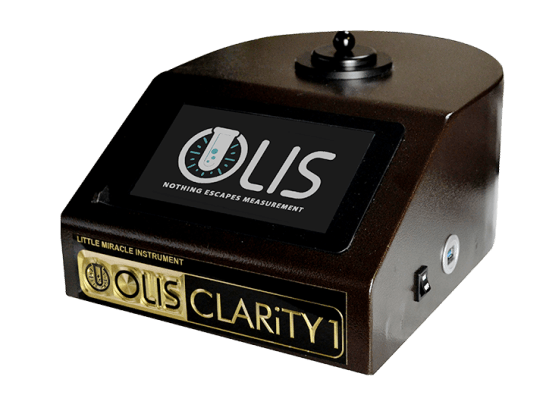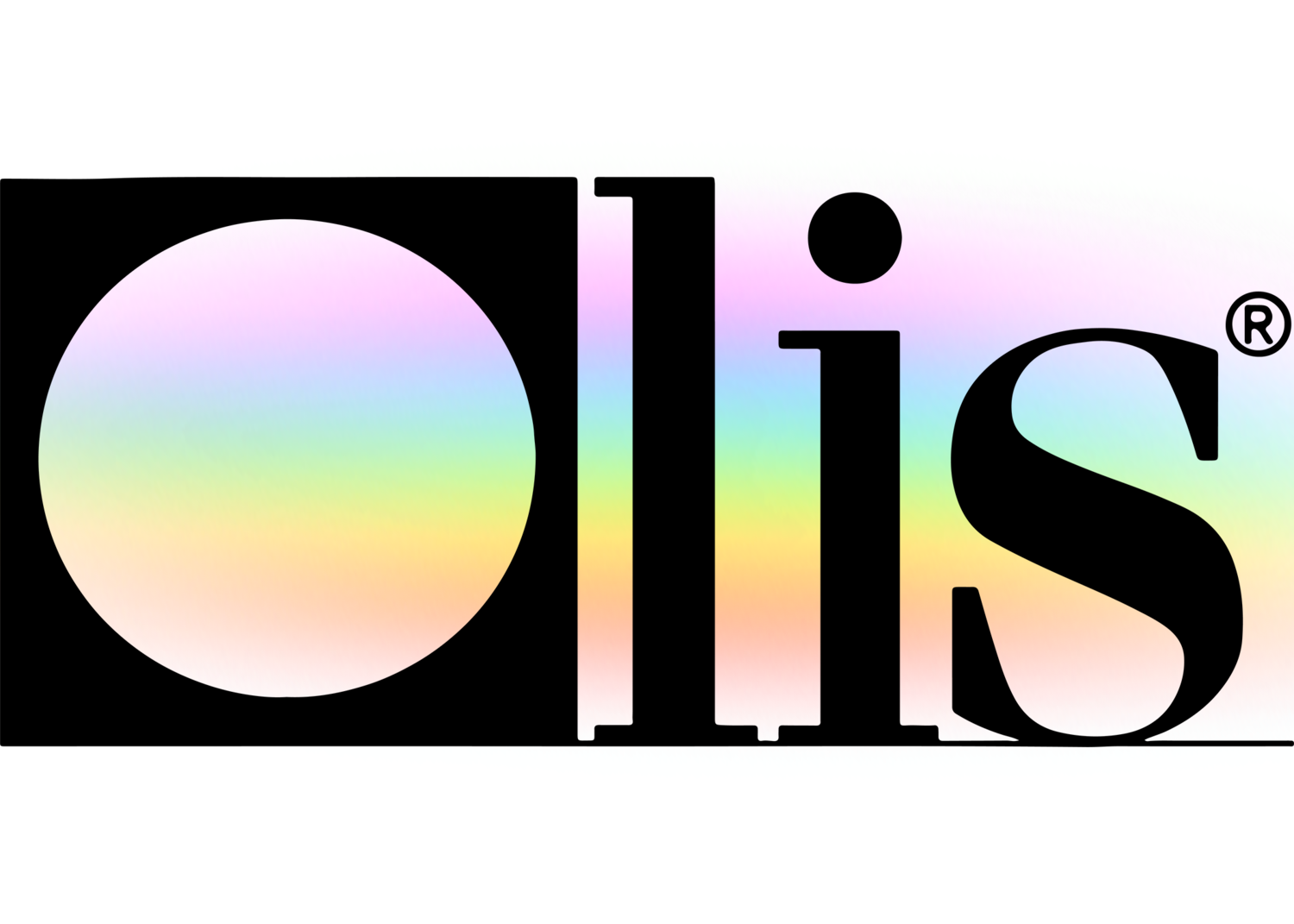How Uv/vis/nir can Save You Time, Stress, and Money.
How Uv/vis/nir can Save You Time, Stress, and Money.
Blog Article
Uv/vis Things To Know Before You Buy
Table of ContentsUv/vis for DummiesThe 6-Second Trick For Uv/visThe Buzz on Circularly Polarized LuminescenceThe 6-Second Trick For Uv/vis/nirExamine This Report on Uv/vis

Although spectrophotometry is most typically used to ultraviolet, noticeable, and infrared radiation, contemporary spectrophotometers can interrogate large swaths of the electromagnetic spectrum, including x-ray, ultraviolet, noticeable, infrared, and/or microwave wavelengths. Spectrophotometry is a tool that hinges on the quantitative analysis of particles depending on how much light is soaked up by colored compounds.
Not known Incorrect Statements About Circular Dichroism
A spectrophotometer is frequently utilized for the measurement of transmittance or reflectance of options, transparent or opaque solids, such as refined glass, or gases. Many biochemicals are colored, as in, they soak up noticeable light and therefore can be measured by colorimetric treatments, even colorless biochemicals can typically be transformed to colored substances suitable for chromogenic color-forming reactions to yield compounds appropriate for colorimetric analysis.: 65 Nevertheless, they can also be developed to determine the diffusivity on any of the noted light varieties that typically cover around 2002500 nm utilizing different controls and calibrations.
An example of an experiment in which spectrophotometry is utilized is the decision of the balance constant of a service. A certain chemical reaction within an option might occur in a forward and reverse instructions, where reactants form products and products break down into reactants. At some point, this chain reaction will reach a point of balance called an equilibrium point.
The Facts About Uv/vis Uncovered
The quantity of light that goes through the solution is indicative of the concentration of certain chemicals that do not enable light to go through. The absorption of light is because of the interaction of light with the electronic and vibrational modes of molecules. Each type of particle has a private set of energy levels related to the makeup of its chemical bonds and nuclei and therefore will soak up light of specific wavelengths, or energies, leading to unique spectral homes.
They are widely utilized in numerous industries including semiconductors, laser and optical manufacturing, printing and forensic assessment, as well as in labs for the study of chemical compounds. Spectrophotometry is frequently utilized in measurements of enzyme activities, decisions of protein concentrations, decisions of enzymatic kinetic constants, and measurements of ligand binding reactions.: 65 Eventually, a spectrophotometer is able to determine, depending on the control or calibration, what substances are present in a target and precisely how much through calculations of observed wavelengths.
This would come as a solution to the formerly created spectrophotometers which were not able to absorb the ultraviolet correctly.
A Biased View of Uv/vis
It would be discovered that this did not provide satisfactory results, therefore in Model B, there was a shift from a glass to a quartz prism which permitted for much better absorbance results - circular dichroism (http://www.video-bookmark.com/bookmark/6114703/olis-clarity/). From there, Design C was born with a change to the wavelength resolution which ended up having 3 systems of it produced
It was produced from 1941 to 1976 where the rate for it in 1941 was US$723 (far-UV accessories were an alternative at additional expense). In the words of Nobel chemistry laureate Bruce Merrifield, it was "most likely the most crucial instrument ever developed towards the advancement of bioscience." Once it ended up being discontinued in 1976, Hewlett-Packard produced the very first commercially available diode-array spectrophotometer in 1979 understood as the HP 8450A. It irradiates the sample with polychromatic light which the sample soaks up depending upon its properties. It is sent back by grating the photodiode array which identifies the wavelength region of the spectrum. Ever since, the production and execution of spectrophotometry devices has increased profoundly and has turned into one of the most innovative instruments of our time.

The Only Guide for Circularly Polarized Luminescence
The grating can either be movable or fixed.
In such systems, the grating is fixed and the strength look these up of each wavelength of light is measured by a various detector in the variety. Additionally, most modern-day mid-infrared spectrophotometers use a Fourier transform strategy to obtain the spectral information - https://papaly.com/categories/share?id=82b22f606fb5496cbfab4f86fdfbca1c. This technique is called Fourier change infrared spectroscopy. When making transmission measurements, the spectrophotometer quantitatively compares the portion of light that passes through a referral solution and a test solution, then digitally compares the intensities of the two signals and calculates the portion of transmission of the sample compared to the recommendation standard.

Report this page